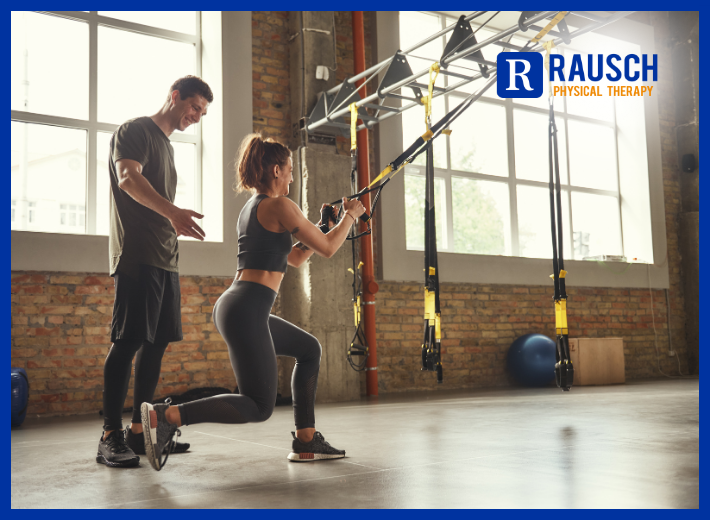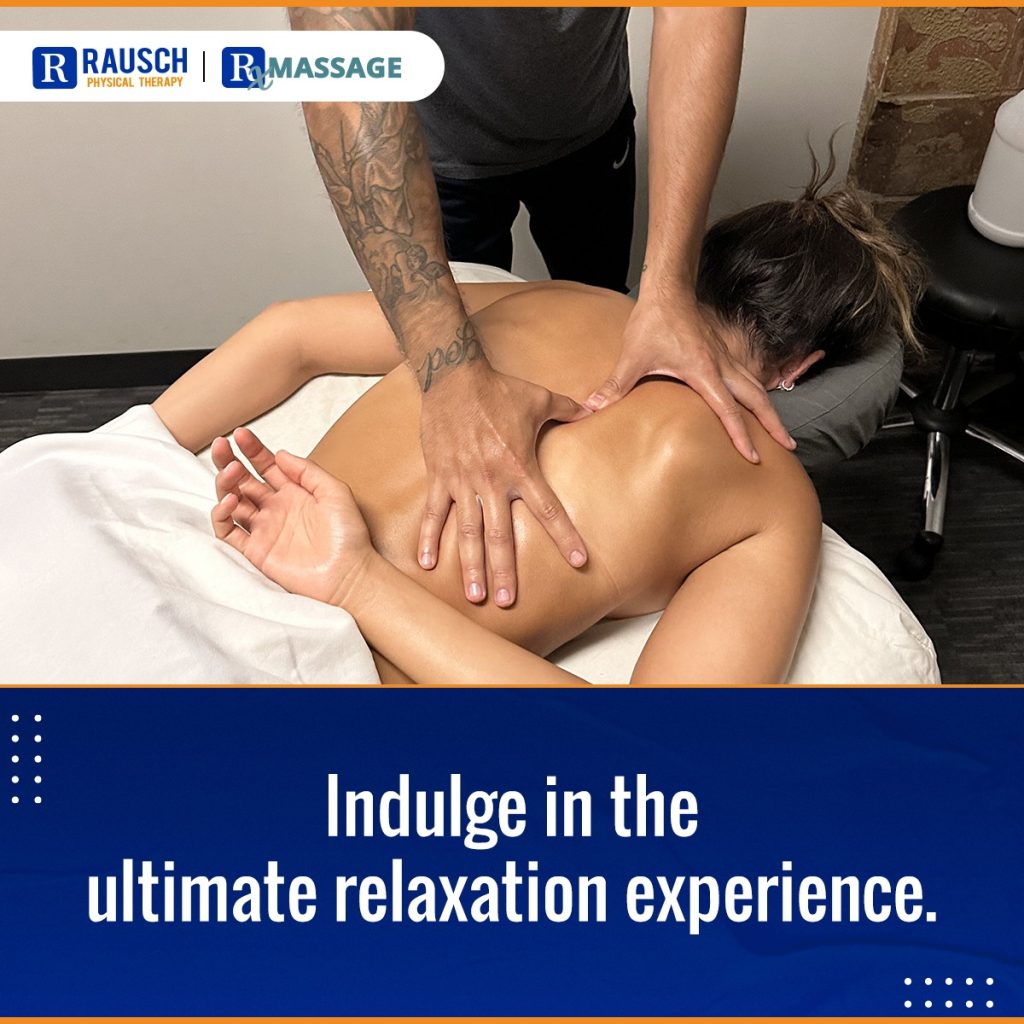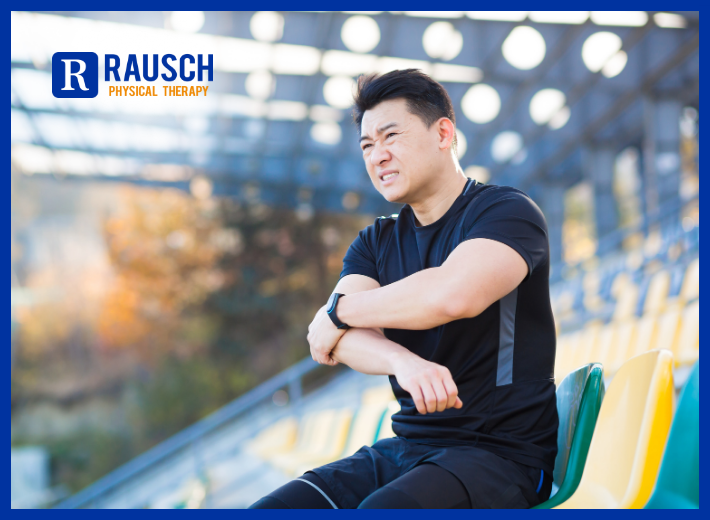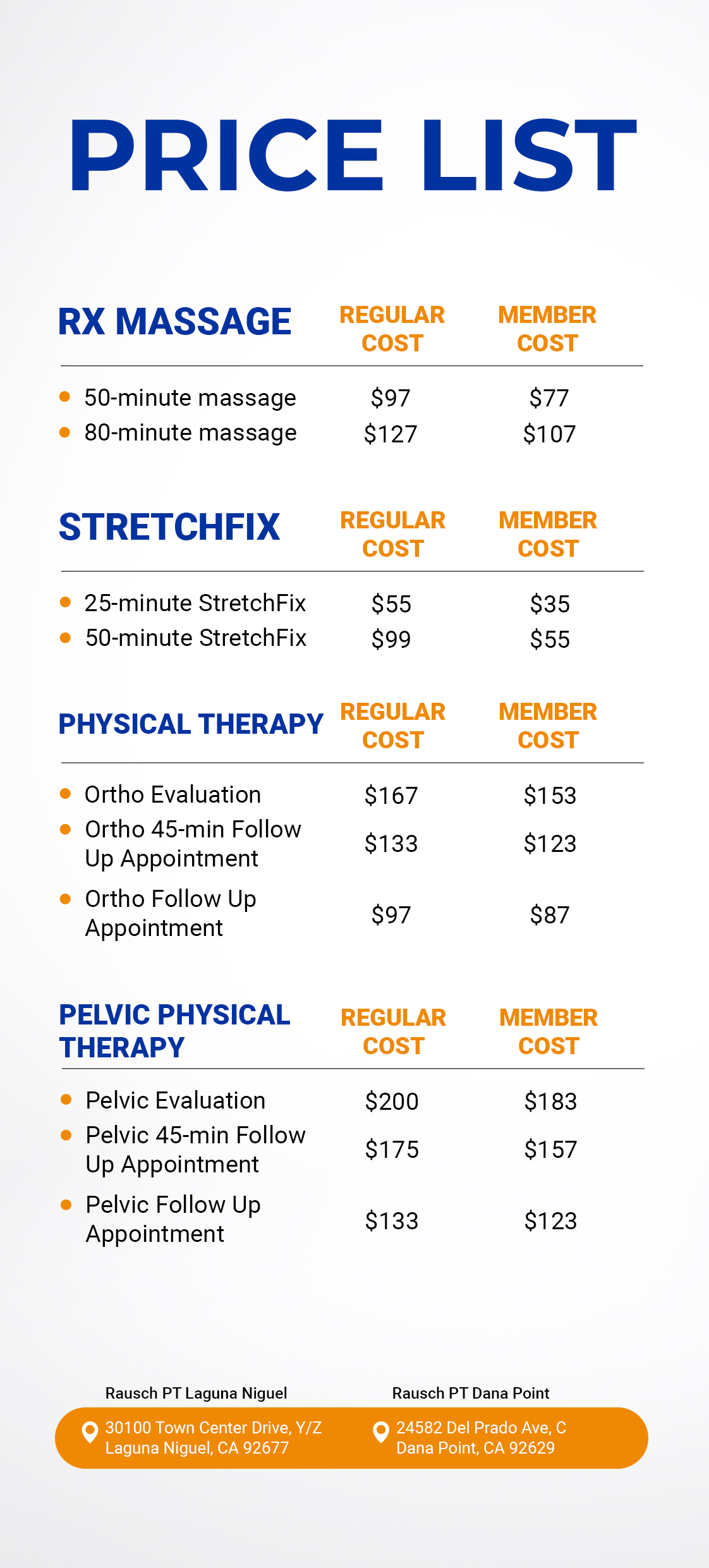When it comes to sports, staying healthy is just as important as playing hard. A serious injury can knock you out of the game for weeks—or even months—whether you’re a,
- Reconsider taking an NSAID: With any type of body ache, it’s tempting to reach for the painkillers. Nonsteroidal anti-inflammatory drugs, or NSAIDs, stop the body from creating prostaglandins, which decreases pain and inflammation. However, research hasn’t supported the use of NSAIDs in reducing muscle soreness. In fact, a study published in 2012 in Sports Medicine indicated that longer-term NSAID use could be detrimental to muscle growth.
- Hold off on the Epsom salts: You can add Epsom salts to your hot bath water because they feel nice, but don’t expect to get any sort of relief out of it. Transdermal magnesium, which is the scientific term for Epsom salts, doesn’t have much research backing up its use in the tub.
- Perform dynamic stretches: Dynamic stretches mimic functional movements and can improve mobility and range of motion, but static stretches — the kind where you reach and hold — won’t have much of a long-term impact on DOMS.
 Preventing DOMS
Preventing DOMS
As the saying goes, an ounce of prevention is worth a pound of cure. To avoid the pain of DOMS, be consistent in your weightlifting routine — weekend warriors are the ones most likely to experience DOMS because their muscles aren’t adapting to the stress of weightlifting or other exercises.
When you feel yourself getting stronger, increase your weight size gradually; too big a jump is a sure way to feel the ache a day or two later. Other tried-and-true ways to prevent DOMS, rather than treat the pain after the workout, include:
- Do a warmup first: Before you start lifting weights, do a five-minute warmup to decrease the chances of DOMS. A warmup, such as light jogging or dynamic stretches, gets blood flowing to the muscles and prepares them for the burden they’re about to bear.
- Finish with a cool down: A cool down brings your heart rate back to its normal level and helps regulate your blood flow, helping to alleviate later muscle soreness.
- Wear compression garments after you lift weights: Research published in 2014 in the British Journal of Sports Medicine determined that wearing compression garments after a workout could help reduce muscle damage and, therefore, the pain of DOMS. A meta-analysis of studies published in 2016 in Physiological Behavior on this same topic confirmed this conclusion.
- Continue to work out: Once your muscles have repaired the tears that caused DOMS, they will be bigger and stronger. Next time you lift weights at the same level, you won’t feel quite so sore. If you take a break from lifting, however, and then go back to it, you might feel those sore muscles after a heavy lifting session once again.



 Light Exercise
Light Exercise Preventing DOMS
Preventing DOMS



